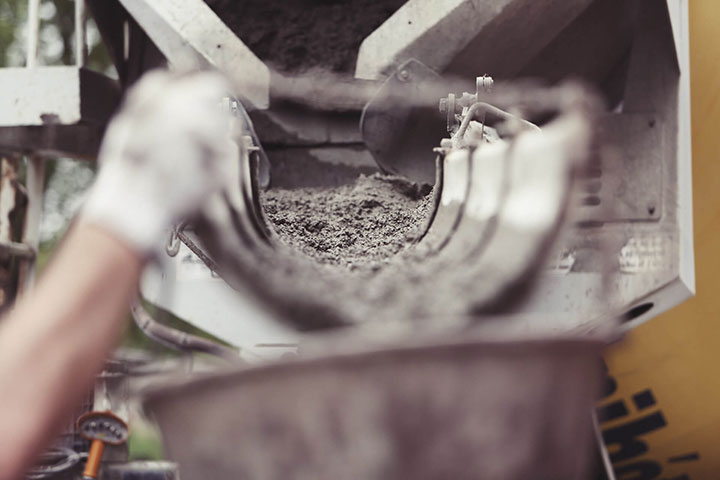
Aim:
The Aim of this lab activity is to determine the time required for the cement to change from a plastic state to a solid state, known as the initial setting time of cement, using the Vicat apparatus.
Theory:
It is used as a binding material to join bricks and concrete blocks to make walls, pillars, and other structures. The setting time of cement refers to the time required for the cement to harden after adding water.
The initial setting time of cement is the time required for the cement to change from a plastic state to a solid state. This process is critical as the cement needs to harden and become solid before it can bear any weight or stress.
The initial setting time of cement is affected by various factors such as the type of cement, the temperature of the water, and the quantity of water added. The initial setting time is usually measured using a device known as the Vicat apparatus.
Apparatus & Materials Required:
The following apparatus and materials are required for this lab activity:
- Vicat apparatus
- Cement sample
- Measuring cylinder
- Stopwatch
- Water
- Mixing bowl
- Spatula
- Weighing balance
Procedure:
The following steps should be followed to determine the initial setting time of cement:
- Take a sample of cement weighing 400g and add water to it. The water-cement ratio should be 0.485.
- Mix the cement and water thoroughly using a mixing bowl and a spatula. The mixture should be stirred for 3 to 5 minutes until it becomes uniform.
- Fill the Vicat apparatus with the prepared cement mixture, taking care to remove any trapped air bubbles. Smooth the surface of the mixture with the spatula.
- Lower the needle of the Vicat apparatus gently onto the surface of the cement mixture. Note the time at which the needle touches the surface of the mixture.
- Repeat step 4 every 30 minutes until the needle fails to make an impression on the surface of the cement mixture. Note the time taken for the needle to fail to make an impression on the surface of the mixture. This is the initial setting time of the cement.
Results:
The following results were obtained during the lab activity:
Time is taken for the needle to make an impression on the surface of the cement mixture:
- 30 minutes: 8.5 mm
- 60 minutes: 6.5 mm
- 90 minutes: 4.5 mm
- 120 minutes: 2.5 mm
- 150 minutes: 0 mm
The initial setting time of the cement was 150 minutes.
Precautions:
The following precautions should be taken during the lab activity:
- The water-cement ratio should be strictly maintained at 0.485 to ensure accurate results.
- The needle of the Vicat apparatus should be lowered gently onto the surface of the cement mixture to avoid any disturbance to the surface.
- Any trapped air bubbles should be removed from the mixture before filling the Vicat apparatus.
- The surface of the cement mixture should be smoothed with a spatula to ensure uniformity and avoid any irregularities.
- The temperature of the water used for mixing should be maintained at 27 ± 2°C.
Conclusion:
The initial setting time of cement is a critical parameter that determines the time required for the cement to harden and become solid. The Vicat apparatus is a standard device used to measure the initial setting time of cement.
The results obtained during this lab activity indicate that the initial setting time of the cement sample was 150 minutes. The accuracy of the results can be improved by ensuring that the water-cement ratio, temperature of the water, and other factors are strictly maintained.



